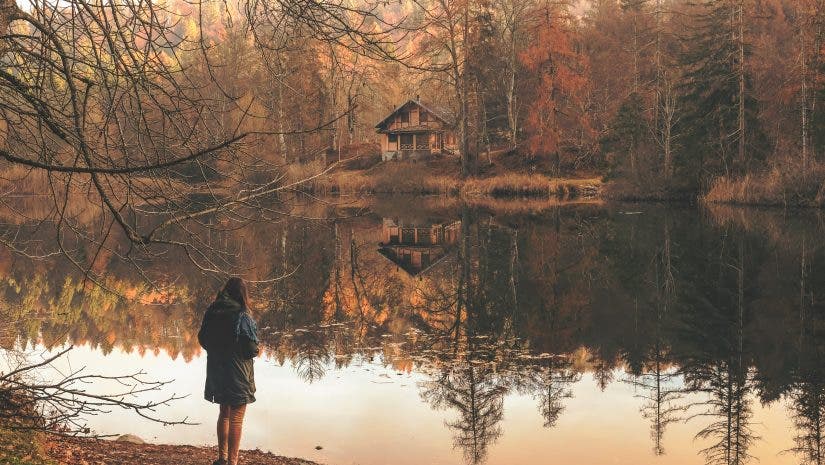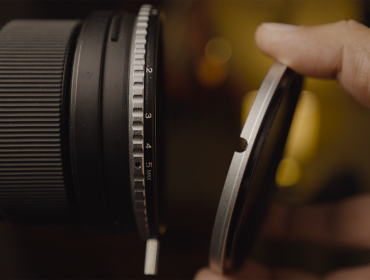It’s the part of the year again when nature is orange, red, and yellow. Ladies and gents, it’s finally fall! And the season offers endless possibilities for capturing a beautiful phase of nature. If you’re itching to grab that camera and want to try your hand in autumn leaves photography this year, go beyond the basics with these five advanced tips that will help you truly capture the magic of fall.
1: Try a shallow depth of field for dreamy shots.
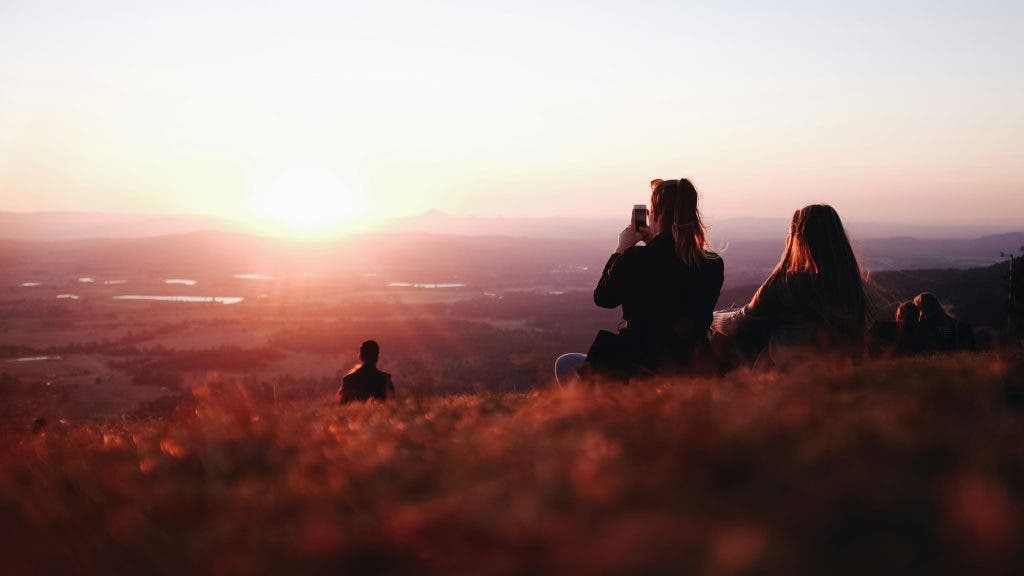
Want to make a single subject like a leaf or tree the star of your photo? First, grab a camera or lens with a wide aperture: f/1.8 or f/2.8. Then, blur the background to get that dreamy bokeh. A shallow depth of field isolates your subject and brings out every detail. It’ll feel both intimate and cinematic!
This technique also works beautifully when you’re photographing people in autumn settings. Soft bokeh makes the fall colors feel like a painting.
2: Backlighting is the key to radiant leaves
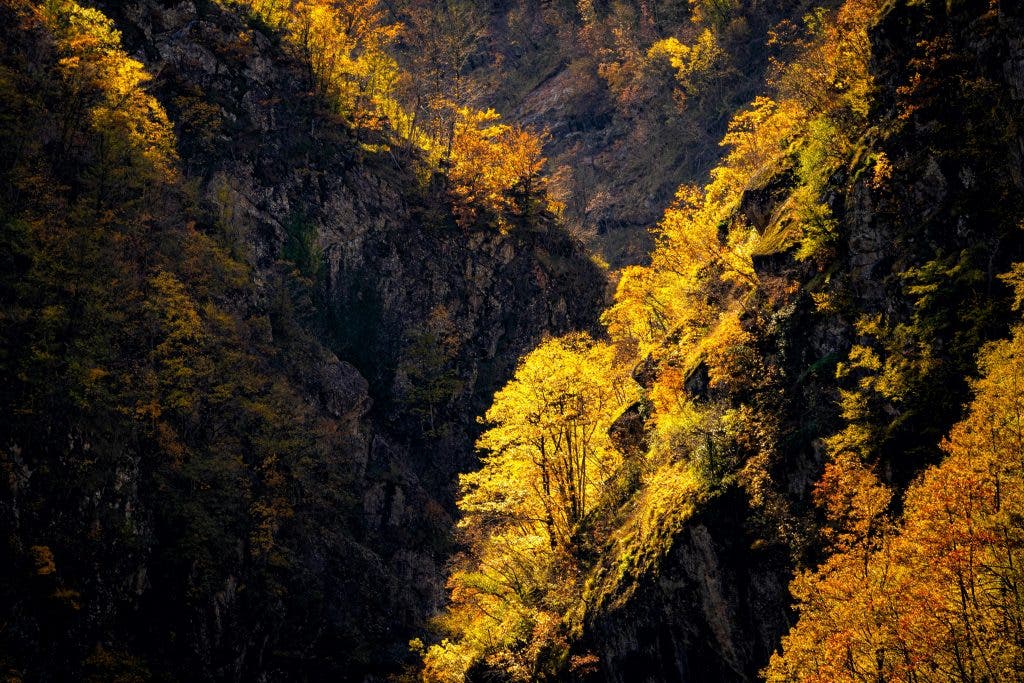
Angle your photos so that the sun is behind the leaves. You’ll be surprised to learn that it makes them look as if they’re glowing from within. For best results, try this technique during the golden hour when the light is soft and warm. The sun will filter through the leaves, casting a radiant glow that gives your photos an almost magical quality. And if you want to add a little lens flare? Even better.
3: Play with slow shutter speeds.

There’s beauty in movement, too! Leaves blowing in the wind make for an incredible subject to get those long-exposure effects. First, set your camera on a tripod. Then, dial down the shutter speed to 1/10s or slower. Finally, watch as your camera paints motion into the shot. Gorgeous!
If you’re capturing falling leaves, this effect adds a soft, dreamy blur that feels like time itself is slowing down. And if you find a babbling brook lined with trees, a long exposure can make the water appear silky-smooth while the autumn colors remain vibrant.
4: Use polarizing filters to cut glare and boost colors.
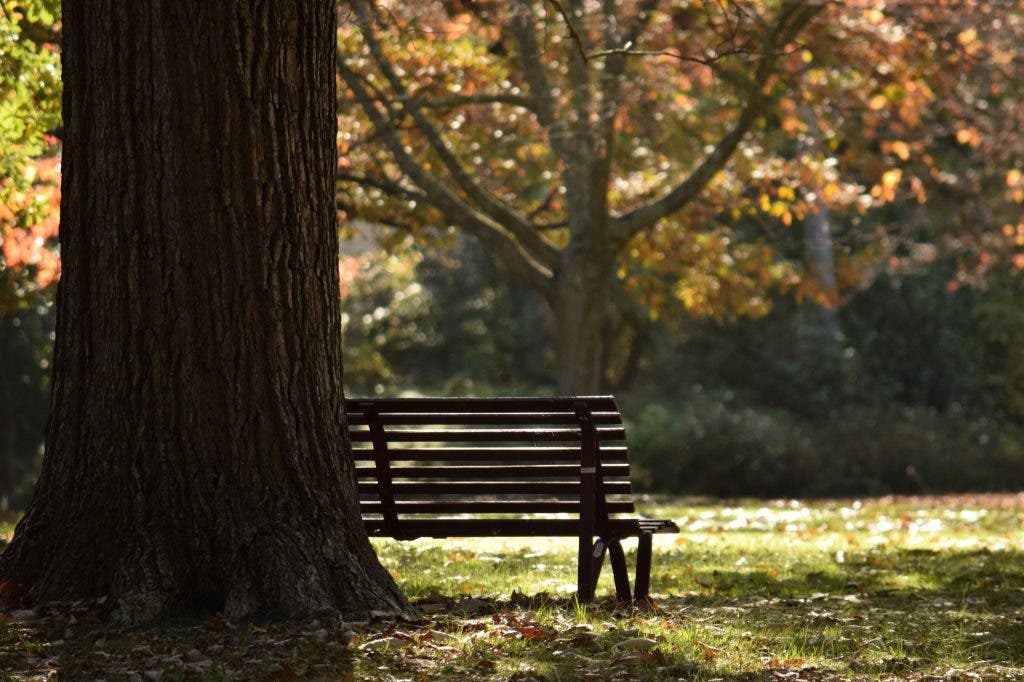
For many, polarizing filters are magic. They cut down on unwanted glare from wet leaves and make colors appear richer and more vibrant. If you keep capturing wet leaves but sometimes, they look washed out, this is the solution.
A polarizing filter is so useful if you’re photographing near water. It cuts the glare on the surface of the water and allows you to capture reflections and details with great clarity. Plus, it’s an easy way to enhance blues and greens!
5: Capture autumn wildlife for extra character.
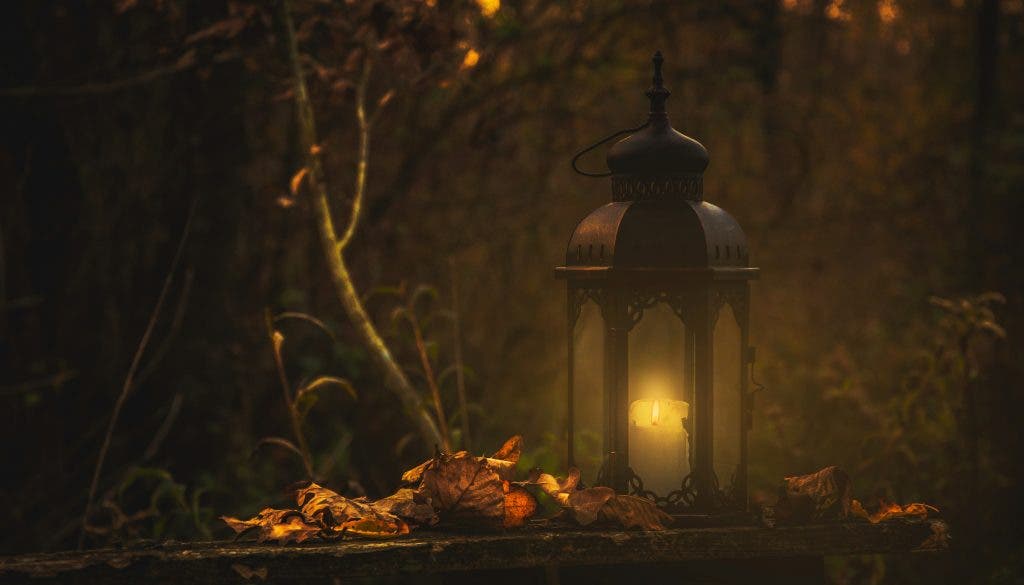
No autumn photo album is complete without a few shots of wildlife enjoying the season just as much as we are. Birds, squirrels, or even deer — these animals add life to the scene.
If you’re lucky enough to spot a squirrel nibbling an acorn, keep a telephoto lens on hand and shoot from a respectful distance.
FAQs for Autumn Leaves Photography
Start with a low ISO (100-200) for crisp shots and a wide aperture (f/4-f/8) to create depth. Adjust your shutter speed based on available light.
A tripod is not needed, but it definitely enhances quality in low light or when capturing movement.
A prime lens with a wide aperture is great for leaves, a wide-angle lens works for landscapes, and a macro lens is for up-closes of individual leaves.
Absolutely! Drones capture breathtaking aerial perspectives that showcase fall colors and patterns from above.
Play with perspectives, use drones, and experiment with movement. Try unexpected compositions, too!
Master autumn leaves photography with Adorama
Autumn leaves photography offers the perfect playground for creativity. You can lean into backlighting for that ‘lit-from-within’ effect or play around with depth of field, each technique will bring a new layer to the season’s beauty. Don’t be afraid to get close, go wide, or even get upside down — autumn only lasts a little while, so capture it while you can.
Shop some of the best Canon lenses and accessories for fall foliage photography at Adorama.
